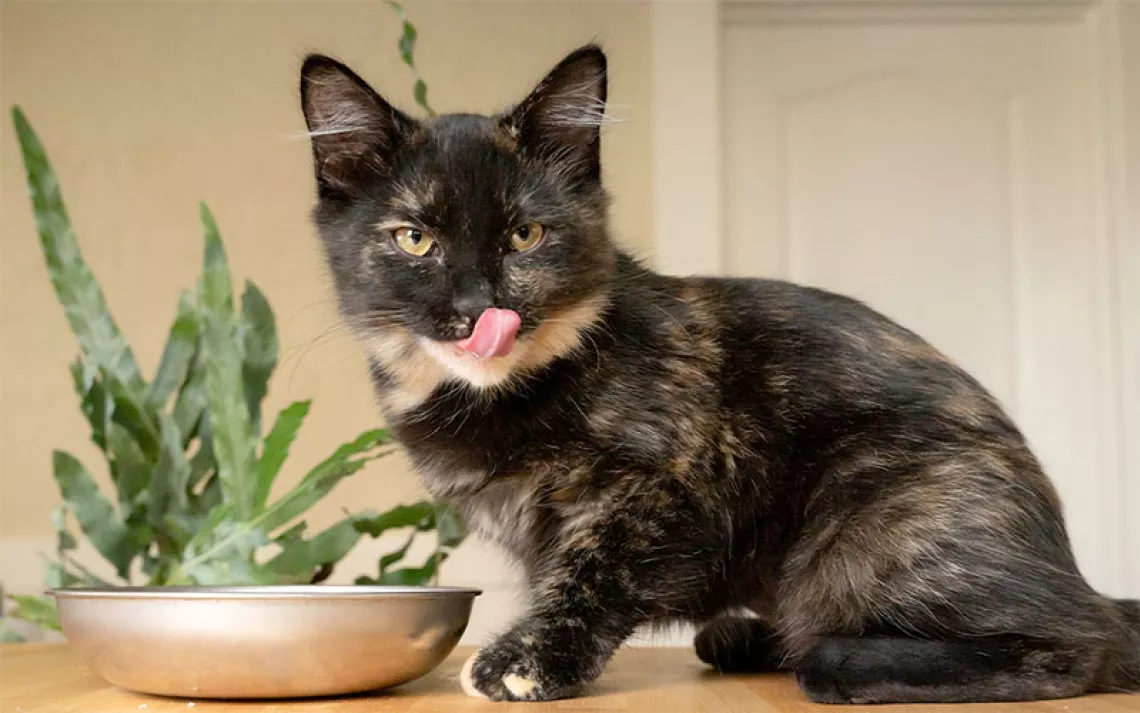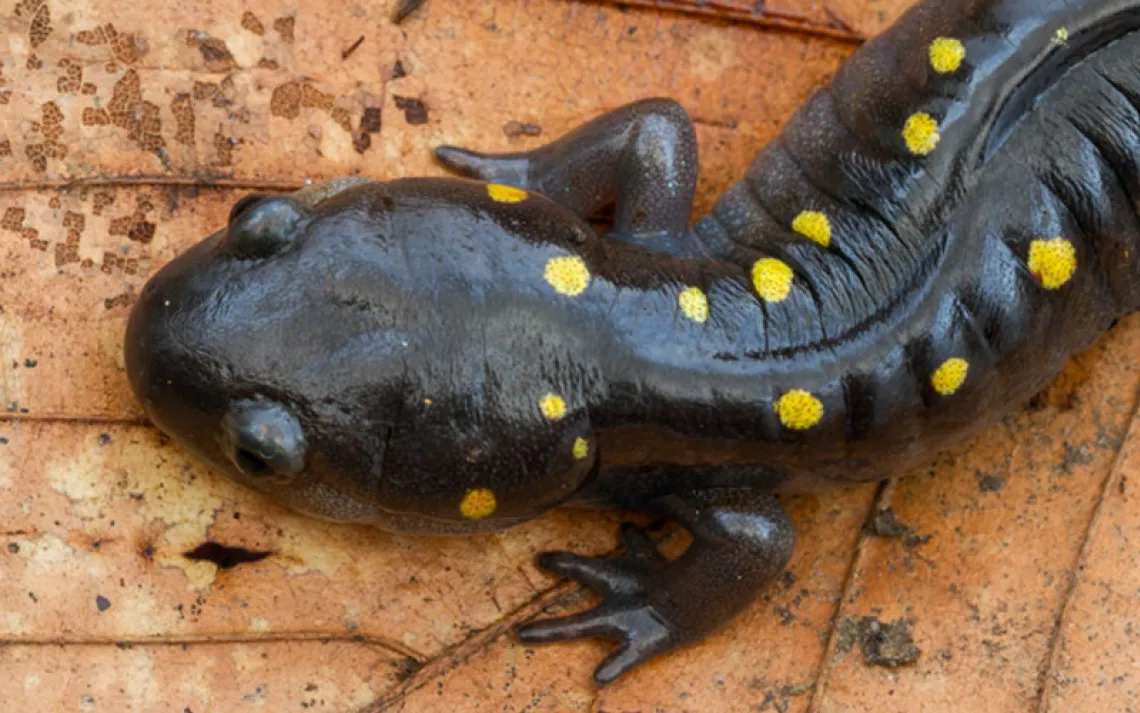Is It Too Late to Save the World’s Cutest Porpoise?
International authorities are making last-ditch efforts to save the world’s smallest porpoise species

Two vaquitas swimming | Photo by Paula Olson/NOAA
It’s unlikely that anyone harbors ill will toward the vaquita, Phocoena sinus. No one hunts the tiny porpoise for its meat or skin. It doesn’t threaten fish stocks or chase away game fish. In fact, the tiny aquatic mammal endemic to the Gulf of California is beloved. The slightly stocky vaquita (Spanish for “little cow”) is considered one of the cutest animals in the ocean, with rings around its eyes that give it a panda vibe. Still, despite decades of hand-wringing and conservation efforts by humans, the vaquita is beyond critically endangered, with the latest survey estimating that fewer than 59 of the animals remain. Gill-net fishing killed approximately half the vaquita population over the last three years, and if things continue at the current pace, the porpoise will be extinct by 2018.
The conservation community is making a last-ditch effort to save the species. In late October, the International Whaling Commission—the global body that manages cetaceans including whales and dolphins—passed a unanimous resolution urging Mexico and other nations to enforce gill-net bans and do everything they can to save the vaquita. That follows a September resolution by the Convention on International Trade in Endangered Species (CITES) asking nations involved to step up their own efforts.
In fact, in 2015, Mexico instituted a two-year ban on gill nets in the vaquita’s range. But enforcing that ban is easier said than done. The main driver of gill-net fishing in the Gulf of California is another critically endangered species: Totoaba macdonaldi, or the totoaba,a species of drum also endemic to the area. In Chinese traditional medicine, the swim bladders of a fish called the giant yellow croaker, Bahaba taipingensis, are used to make a soup called fish maw. The bladders are also believed to boost fertility. In recent years, however, overfishing has greatly reduced the population of the croakers. But the totoaba is believed to be a similar fish, so in the last half decade especially, fishermen in the gulf have targeted the totoaba. Each bladder, the size of a large dictionary, can sell for $10,000 in the Chinese market, leading some to call the bladders “aquatic cocaine.”
When fishermen go after the totoaba, they also snare the vaquita in their gill nets, which drown the aquatic mammals. Their bodies are usually just thrown back into the ocean as bycatch. Over time, black-market routes have developed, with fisherman selling the bladders to middlemen who smuggle the totoaba to the United States. From there, they are taken to Hong Kong and eventually make it onto the Chinese mainland.
While the solution seems simple—ban gill nets—the situation on the ground is much more difficult to manage. “The totoaba bladders have such a high value that organized crime and cartels have moved in to become the middlemen in the situation,” explains Phil Kline, senior oceans campaigner at Greenpeace USA. “They have locals and NGOs intimidated. They keep their head down because of viable death threats.”
On the other side of the ocean, the demand is still high since the bladders or maws are considered a luxury item and status symbol. Despite high-profile seizures of totoaba bladders in Mexico, the United States, and Hong Kong in the last three years, two undercover surveys of Hong Kong markets by Greenpeace and the Environmental Investigation Agency last year found that the bladders were still readily available, and that traders in China are hoarding them to keep prices artificially high, which drives more fishing in Mexico.
The third problem is the fact that few opportunities exist for fishermen in the region. Developing a sport-fishing and tourism industry to replace gill-net fishing could take years, and paying subsidies to fishermen might not outweigh the temptation to go hunting for a species that pays $10,000 per catch.
Pessimism about the fate of the vaquita comes from a long string of failures. Concerns about both the totoaba and vaquita were initially raised at an IWC meeting in 1974. In 1993, the IWC passed its first resolution calling for a moratorium on gill nets in the porpoise’s territory. The vaquita was listed as critically endangered in 1996. Despite more resolutions and reports from other agencies and groups, the species has rapidly declined from an estimated population of 567 in 1997 to 245 in 2008 to 59 today.
All of that makes efforts to save the vaquita an iffy proposition. Andrew Frederick Johnson, a researcher at Scripps Institution of Oceanography at the University of California, San Diego, recently wrote a paper in the journal Conservation Letters warning that current efforts to save the vaquita are short-term fixes and won’t preserve the species in the long run. He points out that switching from gill nets to trawling gear may help the vaquita, but it has drawbacks. Trawl gear drags on the seafloor and produces more than twice the bycatch of gill nets, causing bigger environmental concerns. It’s also expensive, and would take a subsidy of about $8.5 million to help fishermen make the switch.
“It would be nice if we were having this conversation 20 years ago. If we addressed the human component then, we wouldn’t have to talk about the vaquita now,” says Johnson. “The Mexican government has a problem. They can’t just keep pouring money into the area. The current measure will increase illegal fishing and put the vaquita at risk. It’s two steps forward and one step back. You’re not removing the primary problem. People in the upper gulf need to make money, and the easiest way to do that is to take things from the sea.”
Kline is also worried that current measures won’t be effective. He points out that totoaba prices have recently gone up, and Mexico has been slow to effectively enforce the gill-net ban. “Unless the government takes the ban seriously and actively collects gill nets and identifies pirates, it doesn’t look good,” he says. “We’ll see over the next few months what happens. There’s pressure on the Mexican government from organizations like CITES and the IUCN, which lists endangered species, to speed up their enforcement actions.”
The vaquita isn’t the only marine mammal that’s been in trouble lately. Two years ago, the freshwater Yangtze river dolphin, or baiji, went extinct—the first cetacean to disappear in the modern era. That, says Kline, gave the world a wake-up call. “I don’t want to see that with the vaquita,” he says. “If we undertake this effort and accomplish it, it will be precedent setting.”
 The Magazine of The Sierra Club
The Magazine of The Sierra Club



